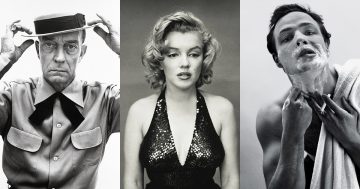New Social Documentary
Photography
We could make this publication thanks to small donations. How is 3 minutos de arte supported?
New Social Documentary
New social documentary photography —also called “new social landscape”— is a new way of making documentaries. Instead of documenting the “big events,” it documents everyday moments and anonymous characters that make up reality.
The photographer goes out into the street to meet that reality, which manifests itself at every moment. That is why, when talking about the new documentary, we always use the term “street photography.”
The new social documentary would be something like the American counterpart of European humanist photography. It can be placed around the 1950s. Humanist photography emerged in the previous decades.
In both movements, photography makes everyday moments and characters special. But there is a difference in tone: Europeans, who had suffered war and human misery, needed to give meaning to life, a bit of optimism, and they needed to see that their close reality could be magical. Their American colleagues had a different look: they showed a reality that was a bit melancholic and not very optimistic. A disrupted reality which was sometimes marked by loneliness, self-absorption, and indifference.
The new social documentary showed a social landscape as never before: a fragile society full of imperfections. However, that imperfect and fragile society could also be endearing and lovable. Life is imperfect and reality can be true poetry.
Representative photographers: Robert Frank, Garry Winogrand, Lee Friedlander, Diane Arbus.
Image: Trolley, New Orleans (1955). Robert Frank, from his book Americans.
Recommended links:
Social Documentary Photography.
You can also find more material using the search engine.




0 Comments